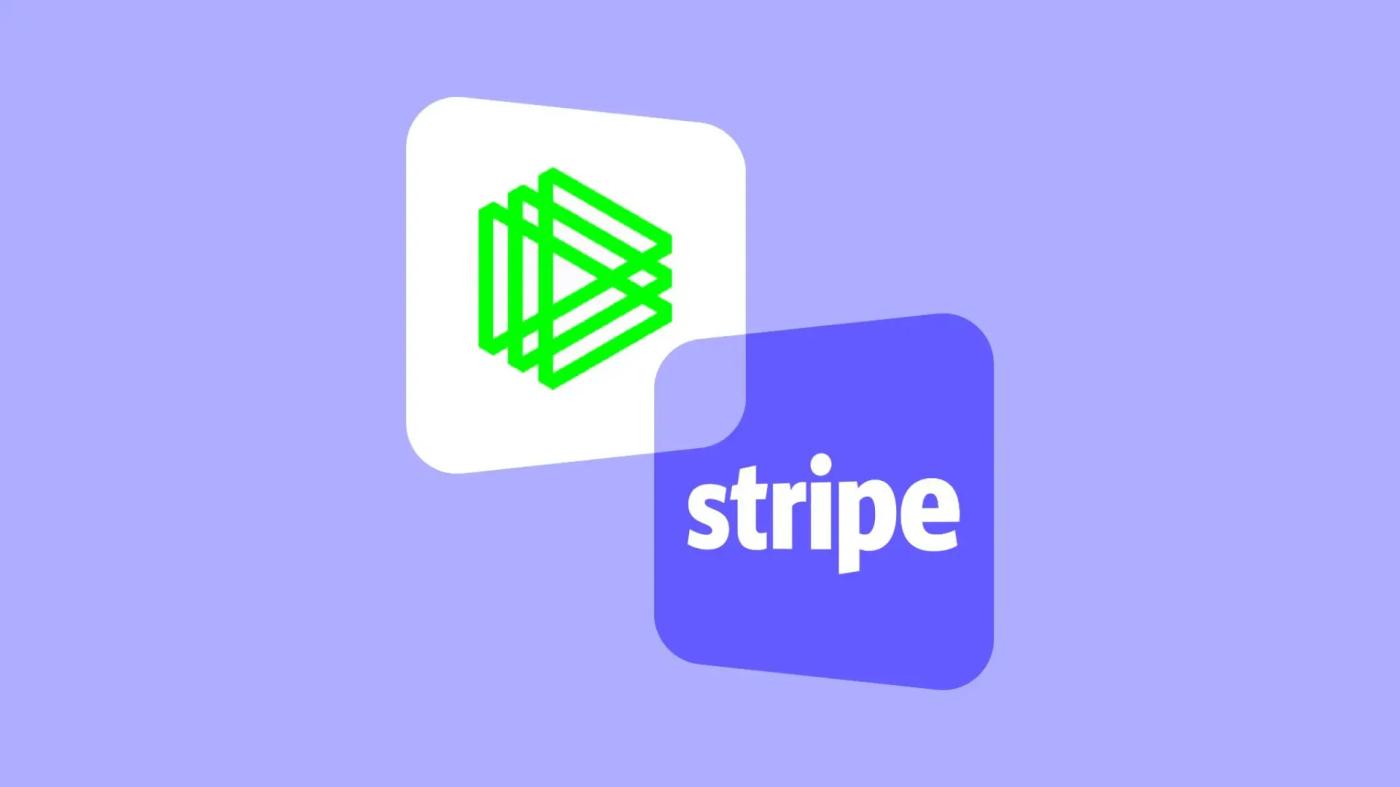Original: barry, Co-CEO of Interchain Labs
Translated by: Yuliya, PANews
Recently, payment giant Stripe has officially entered the field, partnering with renowned crypto venture capital firm Paradigm to create a Layer 1 blockchain called "Tempo". This is a "high-performance, payment-focused blockchain" designed to serve the customer base of financial technology giants.
Stripe's entry is not an isolated case; it may be revealing the beginning of a massive trend - the wave of enterprises building their own L1 blockchains is quietly rising. Why, after years of enterprise blockchain stagnation, are large enterprises rekindling their interest in building their own blockchain, and specifically choosing L1? Here is the original article, translated by PANews.

This is not a one-off case, but the beginning of a massive trend of enterprises building their own L1 blockchains. Currently, many companies (including some Fortune 500 enterprises) are considering launching their own L1 blockchains.
Many years ago, enterprise blockchains faced failure and became a sensitive topic for a long time. So, why are mature enterprises now starting to rebuild blockchains? And why are they choosing L1 blockchains?
There are two main reasons for the return of enterprise blockchains:
1. Maturity of Stablecoins
The current financial teams are no longer unfamiliar or afraid of stablecoins. Thanks to Circle's IPO and upcoming regulatory policies, stablecoins are now seen as a safe and promising technology that can help enterprises reduce costs, simplify business processes, and generate more returns from cash reserves or customer deposits. Most large companies are building infrastructure for holding and circulating stablecoins. Countries like the United States and Japan are actively promoting stablecoin regulation, and the overall environment is developing in a favorable direction.
2. Focus on Payments, Not Traceability
In the previous enterprise blockchain boom, most application scenarios were centered on traceability (tracking the origin and lifecycle of a cross-company process, such as supply chain raw material tracking or charitable fund use tracking). However, these scenarios can be entirely implemented through databases, with the only issue being trust.
Now, almost all enterprises, regardless of their industry, primarily focus on payments. Currently, most B2B and B2C payment services and networks charge merchants and enterprises high fees, with settlements taking days and real settlement risks. These problems become more pronounced when cross-border or foreign exchange transactions are involved. For multinational companies (especially platform-based enterprises like Airbnb), building a blockchain-based payment solution can save billions of dollars and provide a better experience for customers, employees, and gig workers.
As for why they choose to build L1 instead of L2 or smart contracts, there are three reasons:
1. L1 is Mature and Well-Known to Technical Decision-Makers
After more than a decade of development, L1 as a technical platform has been fully understood and verified. Ethereum, Bitcoin, Solana, Sui, Aptos - almost all blockchains that non-crypto industry professionals can name are L1 (Base might be an exception). Cosmos technology alone already supports over 200 chains, covering various fields and holding total assets worth over $70 billion; the largest new project in the past year, Hyperliquid, further consolidated this landscape. Additionally, the most successful enterprise blockchains like Canton are L1 themselves.
In comparison, L2, while exciting, is still in its early stages and more difficult to understand (imagine explaining the difference between "Stage 1" and "Stage 2 Rollup" or how verification bridges work to a CTO of a consumer goods market business). Mature enterprise decision-makers are often unwilling to take risks on emerging platforms. Entering the crypto field is already a significant risk, so they must choose the most easily understandable approach for stakeholders.
2. Reducing Platform Risk
Most companies do not want to bet on ETH, SOL, TIA, or other public chains, but prefer to bet only on themselves. Building an L1 is the best way to achieve this goal. Large enterprises typically use multiple cloud service providers to mitigate risks from AWS or Microsoft, and they view the risks of Ethereum or Solana as far greater than these traditional partners.
3. Control and Connectivity
An open, transparent L1 provides enterprises with the ability to maintain platform self-control while interconnecting with a broader crypto enterprise ecosystem. Interoperability between L2 and other chains (like Solana) depends on third parties and is often limited by fraud/zero-knowledge proof windows and Ethereum's slow finality confirmation, leading to settlement delays. L1 does not have this problem, with instant and definitive settlements, maintaining interoperability consistency. Combined with the ability to build an enterprise's own "walled garden" and implement necessary KYC/AML and application logic, this is extremely attractive.







